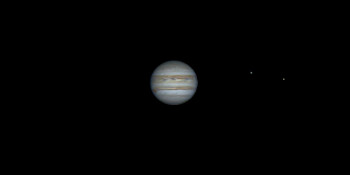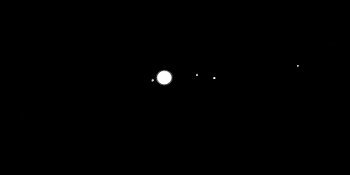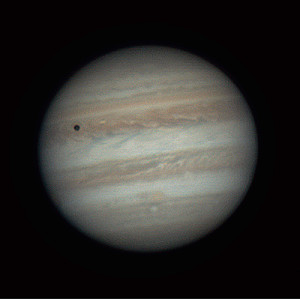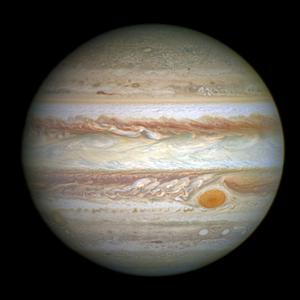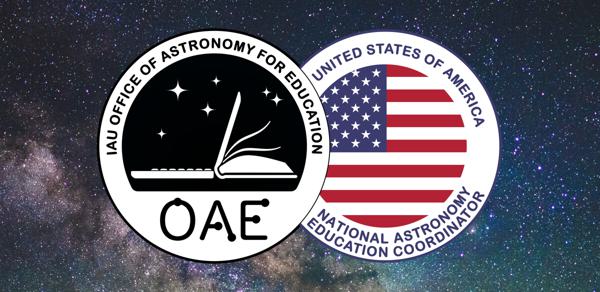Glossary term: Júpiter
Description: Júpiter es el planeta más grande del Sistema Solar y el quinto en orden desde el Sol. Es un gigante gaseoso con un radio de 71,300 kilómetros (km), unas 11 veces el radio de la Tierra. La masa de Júpiter (318 veces la masa de la Tierra) es mayor que la de todos los demás planetas y cuerpos menores del Sistema Solar juntos.
Su distancia típica al Sol es de 778 millones de km, unas cinco unidades astronómicas (distancias Tierra-Sol), tardando algo menos de 12 años en completar una órbita. Hasta 2023, los astrónomos habían detectado más de 90 lunas o satélites naturales orbitando Júpiter.
Es visible a simple vista. Su nombre en inglés deriva del rey romano de los dioses. Observado con un pequeño telescopio se aprecian cinturones de nubes de distintos colores y una gigantesca región de tormenta circular roja (la llamada Gran Mancha Roja). En las últimas décadas se han enviado algunas sondas espaciales a Júpiter, y en 2016 la nave espacial Juno de la NASA comenzó a explorar Júpiter y sus lunas con mucho más detalle.
Related Terms:
- Unidad Astronómica
- Galilean Satellites
- Gas Giant
- Giant Planet
- Great Red Spot
- Planetas exteriores
- Planet
- Solar System
See this term in other languages
Term and definition status: The original definition of this term in English have been approved by a research astronomer and a teacher The translation of this term and its definition is still awaiting approval
The OAE Multilingual Glossary is a project of the IAU Office of Astronomy for Education (OAE) in collaboration with the IAU Office of Astronomy Outreach (OAO). The terms and definitions were chosen, written and reviewed by a collective effort from the OAE, the OAE Centers and Nodes, the OAE National Astronomy Education Coordinators (NAECs) and other volunteers. You can find a full list of credits here. All glossary terms and their definitions are released under a Creative Commons CC BY-4.0 license and should be credited to "IAU OAE".
If you notice a factual or translation error in this glossary term or definition then please get in touch.
Related Media
Jupiter's Rotation, by Vishal Sharma, India
Credit: Vishal Sharma/IAU OAE
License: CC-BY-4.0 Creative Commons Reconocimiento 4.0 Internacional (CC BY 4.0) icons
Jupiter Moons Movie2, by Nicolas Hurez, Paul-Antoine Matrangolo, and Carl Pennypacker, United States of America
Credit: Nicolas Hurez, Paul-Antoine Matrangolo and Carl Pennypacker/IAU OAE
License: CC-BY-4.0 Creative Commons Reconocimiento 4.0 Internacional (CC BY 4.0) icons
Jupiter, Io and its shadow, by Ralf Burkart, Germany
Credit: Ralf Burkart/IAU OAE
License: CC-BY-4.0 Creative Commons Reconocimiento 4.0 Internacional (CC BY 4.0) icons
Jupiter
Credit: NASA, ESA, and A. Simon (Goddard Space Flight Center) credit link
License: CC-BY-4.0 Creative Commons Reconocimiento 4.0 Internacional (CC BY 4.0) icons
Flowing Night Sky
Credit: Robert Barsa/IAU OAE
License: CC-BY-4.0 Creative Commons Reconocimiento 4.0 Internacional (CC BY 4.0) icons
